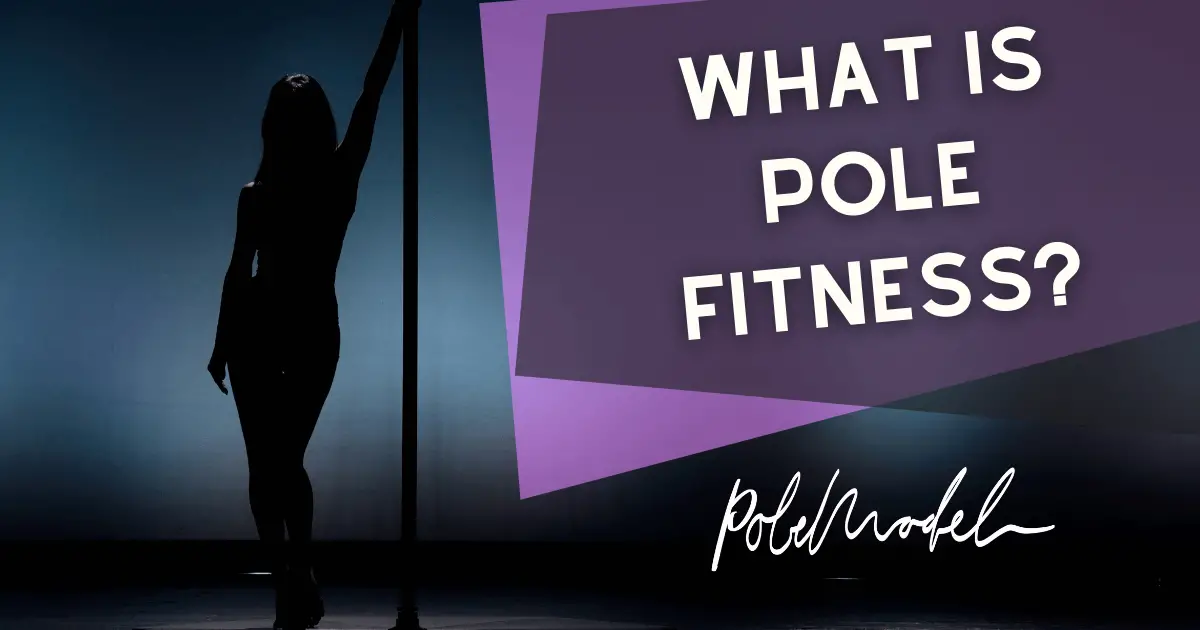If you are a pole dancer, or if you have been thinking about taking up the sport, you may be wondering, ‘is pole dancing bad for your knees?’
The answer is yes and no. Some people believe that as pole dancing requires constant use of the quadriceps and glutes muscles in your legs, these muscles will get stronger and help to protect the knee joint from injury. Others say that since many moves require pressure to be placed on one leg at a time, this may put more stress on joints.
The fact is, the knee is one of the most commonly injured joints due to its wide range of motion. There are four ligaments around the joint that can be strained or torn by doing certain moves. If one does not take the proper measures to protect their knees before and after pole dancing, as with any exercise that relies on the knees, you could conclude that pole dancing is bad for the knees.
It is vital to strengthen the muscles surrounding your knee joints in order to avoid injury when you are doing moves that put pressure on one leg at a time. This is especially important if you have weak or injured knees, which is something most people don’t think about before taking up the sport of pole dance fitness.
In the remainder of this post, we will talk about how to stay safe if you want to try this sport and what precautions can be taken during practice.
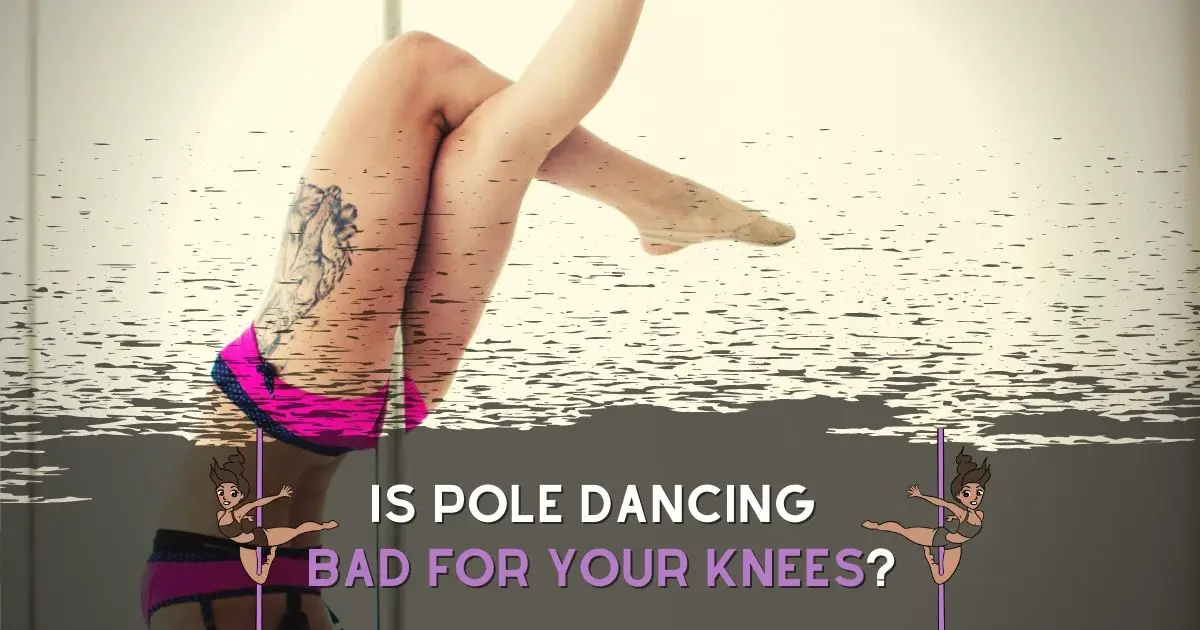
Pole Dancing And Knees
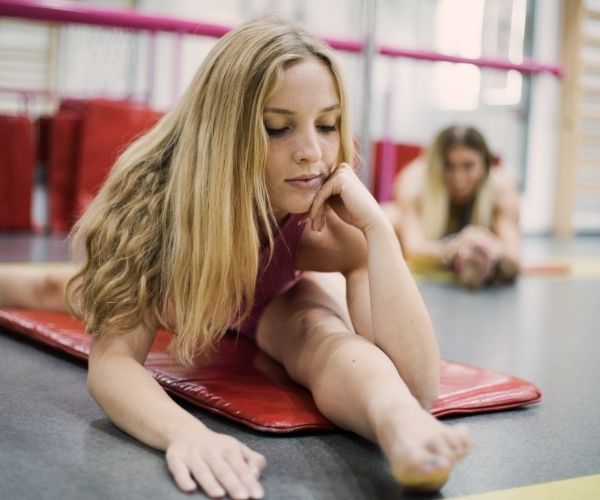
As you can imagine, you use your knees in just about every move you do when pole dancing. Whether you are hanging upside down, performing a floor routine, or using your legs to grip the pole and spin around, it is important that you keep them protected.
You use your quads (thigh muscles) constantly when doing moves on the pole. And one of the biggest risk factors for a knee injury is an imbalance between quad strength and flexibility- so if you have very strong quads doing all the work and weak hamstrings, you may be at risk for injury.
Many of the moves require pressure to be placed on one leg at a time. This is where your knee is most vulnerable to injuries like sprains or fractures. It is important that you learn how to do these moves correctly so as not to put excessive stress on your knees.
This is also why it is so important to warm up the knees before practice and stretch them afterward. It is also helpful to take a break during your workout if there is pain or discomfort in either knee.
How Does Pole Dancing Affect Your Knees?
As mentioned above, your knees are very active during this sport, so without taking the proper precautions, you are inevitably at risk for injury.
This is not exclusive to pole dancing, of course, since many sports put your joints at risk.
How to Protect your Knees when Pole Dancing
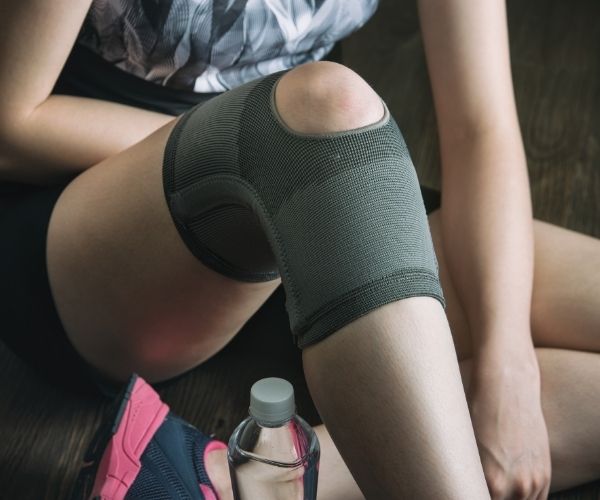
Gel Knee Pads
If you have weak knees or you are recovering from a previous injury, you can minimize the risks by wearing a gel knee pad when practicing.
Standard padded knee pads for floor work are also a great option for landing, especially if you do not want to buy a crash mat just yet or if the floor is quite hard where you practice. If you are landing on your knees a lot, knee pads will reduce the wear and tear.
If you want to learn all about the best knee pads for pole dancers that also offer grip, anti-slippage and protection read this post.
Similarly, we have reviewed the best pole crash mats and rated them based on material and thickness here.
Warm Up
Making sure to warm up your knees before practice is another great way to protect them from damage while pole dancing. This will help prevent injury by warming the muscles surrounding the knee joints and ligaments.
Naturally, pole classes include warming up. However, if you are practicing pole dance at home, you might not remember to warm up all the time. If you keep a pole journal, it is a good idea to make a note of this.
5 Top Tips To Protect Your Knees During Pole Dance
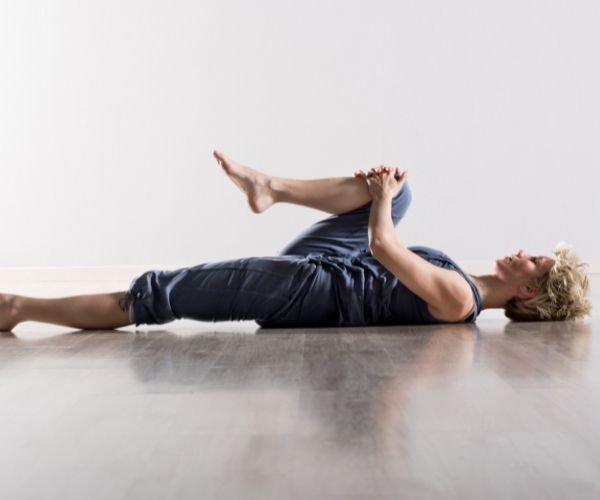
- Always warm-up before your class or exercise and warm down right after. You can do this by conducting regular stretches or yoga poses.
- Maintain correct form during moves.
- You can take a break during your workout if you are finding pain or discomfort in either knee. NEVER ignore pain! If it is a sharp, burning pain, then you should take the next day or two off from pole practice and seek medical attention as soon as possible.
- Utilize some of the many pole dancing accessories such as crash mats (if you have your own pole at home), knee bends, and knee pads.
- It is important to stretch after training; this will help prevent injury and keep muscles limber. Don’t push yourself too hard so that you feel the need to skip stretches because it is “not fun.”
What To Do If You Suspect You Have Injured Your Knee Pole Dancing
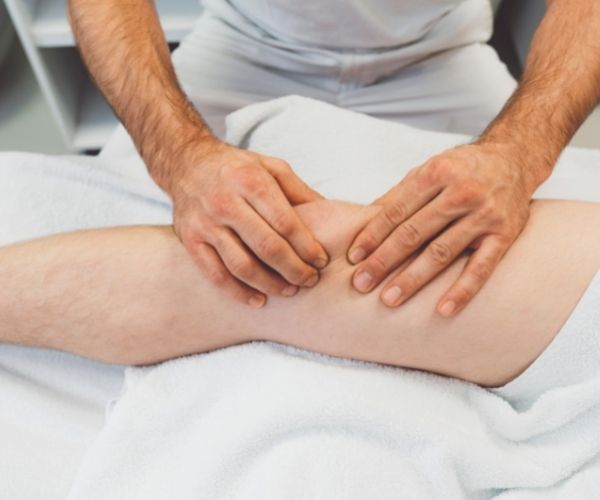
If you suspect you have injured your knee, you should stop participating seek medical attention immediately.
Your class instructor will also be able to assist you. In most cases, and cases where it is a minor injury, you will be required to rest and not put any strain on the leg. If it is a more serious injury and if the ligament is severely damaged, you may need to undergo surgery.
If you are over 40 years old, the chances of injury are much greater than in younger people, so if you are concerned that you are prone to injury, it is important that you talk with your doctor before starting any new exercise or sports activity.
If it is a minor injury and is not causing too much pain, then apply ice to the affected area for fifteen minutes every three hours while awake. If there is no improvement in two days or if the pain gets worse after applying this method then you will need to consult a physician as soon as possible.
Knee Injury Expected Recovery Time
Depending on the injury, recovery time differs. The severity of the injury also differs. Tendon injuries may require months for repair; bone fractures could be six weeks; and let’s not forget about what your activity is- if you want to return to pole dancing right away or are just wondering when you can be back on your feet in general after an injury, the recovery process will differ significantly to if you are returning to yoga or lying on your sofa recovering from your injury.
Dos & Donts
- Do work on strengthening your knees, if you feel you have weak knees. You can do this by training legs at the gym or home with light resistance training.
- Do keep your knees warm. This is important because it helps keep them stable and safe from further injury while you are doing exercises such as pole dancing that can put a lot of stress on the joints.
- Do stretch before practicing to prevent injuries, get into the habit of stretching right after too! You should never jump straight onto the pole without warming up first.
- Don’t give up on trying this sport because of a fear that your knees will hurt- as long as you warm-up and stretch properly before practicing, there is minimal risk for injury.
- Don’t ignore pain in your knees, even if it is a mild and dull ache. If you push through the pain and ignore it, then this could lead to serious injury down the road.
- Don’t feel that you need to complete the entire class in one go, take breaks when necessary!
FAQs
Some FAQS related to pole dancing and injury.
Is Pole Dancing Safe?
Yes! Pole dancing is generally safe as long as the dancer is following safety procedures. It’s a great way to stay in shape and even lose weight. If you’re an athlete, then pole-dancing can help you with your balance and agility skills.
What Pole Dancing Moves Depend On The Knees?
All pole moves require engagement from your knees, however, some moves which are knee focussed are:
– Cross Knee Release
– KneePit Grip
– Knee Spin







